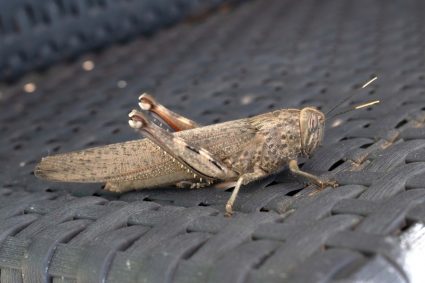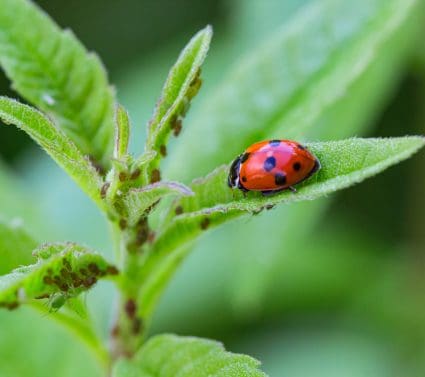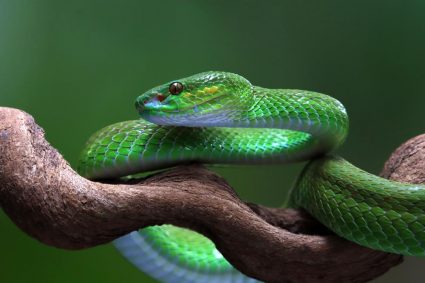
Quails are fascinating creatures, known for their unique ability to fly at speeds of up to 40 mph for short distances. However, as a quail owner, you may find yourself in a predicament where your quail keeps attempting to fly away. This comprehensive guide will provide you with detailed solutions on how to prevent your quail from flying away, ensuring you can enjoy the companionship of your quails without the constant fear of losing them.
Preventing quails from flying away involves understanding their flighty nature and taking effective preventative measures. These include wing clipping, building a secure aviary or enclosure, providing hiding places and natural protection, and training quails to return to their coop. Regular health checks and maintaining a balanced diet can also reduce their inclination to fly away. It’s crucial to tailor these methods to the specific needs of your quails.
Understanding the Flighty Nature of Quails
Before we delve into the prevention measures, it’s essential to understand why quails fly away in the first place. Quails are prey animals with a natural instinct to escape predators. Their skittish behavior is a defense mechanism, and they are prone to take flight when they sense potential threats. Overcrowding, habitat loss, and disturbances in their environment are other common reasons for their flight tendencies.
Effective Preventative Measures
Wing Clipping
One of the most effective measures to prevent quails from flying away is wing clipping. This involves trimming the primary feathers on one wing, which unbalances them, making it difficult for them to fly effectively. Here’s a step-by-step guide on how to clip quail wings.
- Gently restrain the quail by cupping your hands over its wings to prevent excessive movement.
- Carry the quail to a safe, hazard-free room with minimal disturbances.
- Have one person hold the quail and stretch out one of its wings.
- The second person should use a pair of scissors to trim the longest feathers back to 1 cm from the next row of feathers.
Remember, wing clipping is painless and safe. However, the clipped feathers will grow back after the quail molts, so you may need to repeat the process periodically.
Building a Secure Aviary or Enclosure
Construct a well-designed aviary or enclosure with a roof or netting to prevent quails from escaping. Ensure the structure is strong and provides adequate space for the birds. Adding padding to the top of the enclosure can minimize the risk of injury if quails attempt to fly upwards when frightened.
Providing Hiding Places and Natural Protection
Offer shrubs, bushes, and other hiding spots within the enclosure to help quails feel safe and secure. This can help reduce their urge to fly away. According to research, providing appropriate cover can significantly reduce the incidences of vertical flight, a typical flight behavior that could result in head injuries and mortality due to head-banging in confined spaces.
Training Quails to Return to Their Coop
Establish a routine for your quails by feeding them when they return to their coop in the evening. This can help them associate the coop with safety and food, making them more likely to return.
What If Your Quail Has Already Flown Away?
If your quail has flown away, take quick and calm actions to increase the chances of bringing it back safely. Start by securing other pets, searching the area, using quail calls, offering treats, and using a net or cover to catch the quail. Once caught, place the quail in a small box or carrier to transport it back to its cage. Check the quail for any injuries or signs of stress and take appropriate care measures.
The Role of Diet and Health
A quail’s diet and overall health can significantly influence its inclination to fly away. Ensure a well-balanced diet and maintain good health to improve a quail’s flight abilities. If the quail is undernourished or unhealthy, it may become more flighty and skittish, increasing the chances of it flying away.
In conclusion, quails are charming and unique pets, but they require specific care and handling due to their flighty nature. With these effective preventative measures, you can prevent your quails from flying away and enjoy the delightful experience of raising these birds. Remember, each quail species may have different requirements, so tailor these methods to the specific needs of your quails.
Frequently Asked Questions
Can all species of quails fly?
Yes, all species of quails can fly, although some are better at it than others. Domesticated breeds, like the Coturnix quail, are not strong fliers due to their heavier body mass.
How often do quails molt?
Quails typically molt once a year, usually in the late summer or early fall. During this time, they shed and regrow their feathers, which means you may need to re-clip their wings if you’ve previously done so.
How can I tell if my quail is stressed?
Quails show signs of stress through changes in behavior, such as increased aggression, decrease in eating, or increased flightiness. Physical signs may include ruffled feathers, weight loss, or lethargy.
Is it legal to clip a quail’s wings?
Yes, it is legal to clip a quail’s wings. However, it should be done correctly and humanely to avoid causing any harm or discomfort to the bird.
Can quails be trained?
Yes, quails can be trained to a certain extent. They can be trained to return to their coop in the evening, especially if you establish a routine of feeding them at this time. However, they are not as trainable as some other types of birds, such as parrots.
How long can a quail live?
The lifespan of a quail varies depending on the species and the quality of care they receive. On average, quails live for about 2-3 years, but some species can live up to 5 or 6 years in captivity with proper care.












